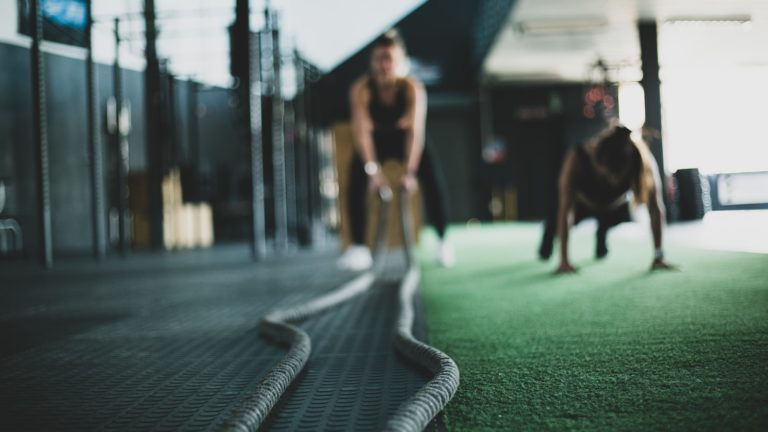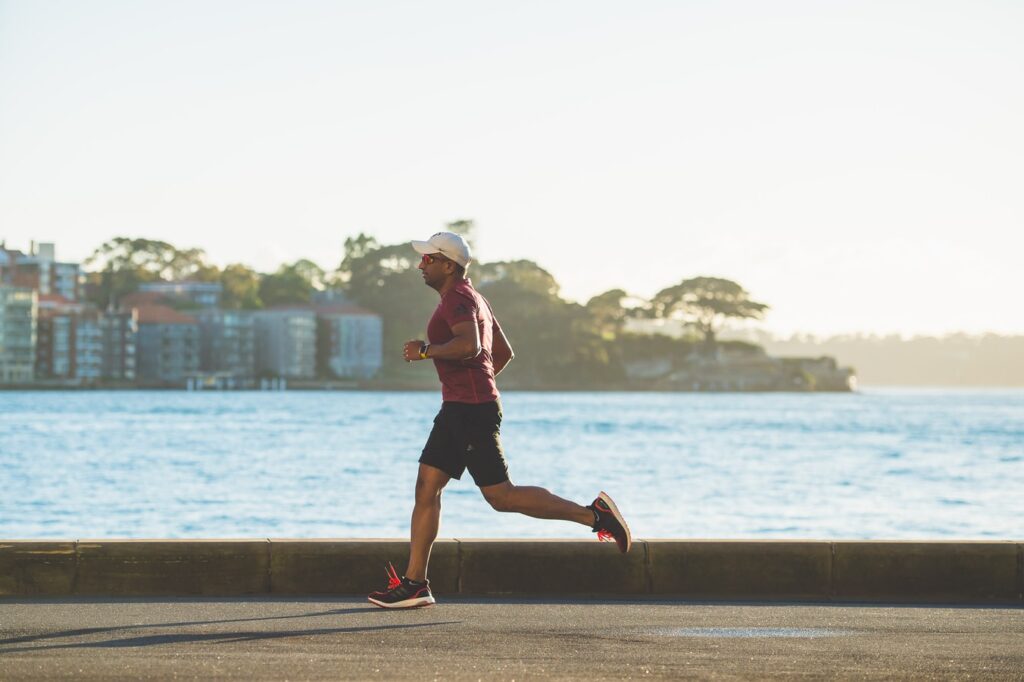Hitting the tennis courts while the sun is shining? Tennis is a great sport that can benefit your cardiovascular health, endurance, and coordination. However, if you are suffering from joint pain or battling injury, tennis can be particularly tricky for knees, elbows, and shoulders. Before picking up your racquet, see below for a few tips to keep you safe and injury free on the court:
First things first:
There are a few tactics to prevent injury or further injury at a baseline –
- Ensure you are using proper technique or form. You can consult with a tennis coach or your physical therapist if returning from injury.
- Warm up your muscles before jumping into your first match. A few simple stretches can be the difference between a successful match or a nagging injury. Dore Siegelson, MS, PT, ATC, Motion Physical Therapist and Multisite Director for MOTION Long Island, shares a quick series of stretches that can prevent muscle pulls and strains. “I would rather be late on the court than skip my warm-up stretches,” says Dore:
- Calves
- With your hands on the wall and step back into a lunge position, wrists should be in line with your shoulders
- Your back leg should be extended to help you feel a stretch in your calf muscle and Achilles tendon
- Repeat on the other side
- Quadriceps/Hip Flexors
- While holding onto the wall or chair, bend your right knee and grab your right ankle behind you with your right hand.
- Keep knees even and be careful to not arch your back, feeling a deep stretch in your quad and hip flexor
- Hold for 20 – 30 seconds, release, and repeat on the other side.
- Hamstrings
- Sit on a bench or standing in front of a bench, put one leg up and keep the other on the ground
- Lean forward and stretch for 20 – 30 seconds
- Switch legs and repeat
- Inner Thighs
- Do a side lunge – start by stepping your left leg out beside you, bend your left knee and keep hips back then bend forward at the hips
- Repeat on the other side
- Shoulder Rotations
- Roll shoulders forward for a few repetitions and then back for a few repetitions.
- Calves
- Overuse and overextension lead to some of the most common injuries in tennis – Tennis Elbow, Jumper’s Knee (injury of the patella) and Rotator Cuff strains to name a few. In addition to stretching, the key to preventing these is:
- Proper rest and recovery in between sets and/or matches – hydrate and stretch in between sets, try cool down exercises and foam rolling after matches
- Cross-training – cycling, strength training and pilates are great exercises to complement your tennis game. They build core and leg strength as well as endurance.
- Activating muscle groups in a different way can help prevent overuse injuries and give you well rounded strength and flexibility.
- Using proper equipment – Consult with a tennis pro to ensure you are using the right racquet, look for tennis shoes that offer lateral support and more (see below).
Braving the elements:
If playing tennis on an outside court, it is important to take breaks and hydrate properly. Dore suggests using the odd games as an opportunity to not only switch sides of the court but to use it as a break to rest, hydrate and stretch any areas that might feel irritated.
Also, make sure you are drinking plenty of water leading up to play so you are not playing catch up with your hydration while on the court. Under hydrating can quickly lead to overheating and exhaustion.
Fully equipped:
When buying a racquet and tennis shoes, consult a tennis pro to ensure you are using the proper equipment and are wearing shoes appropriate for the court to give you support and prevent slips and falls.
“Most tennis enthusiasts don’t realize that grip or the racquet could be the culprit in tennis elbow injuries,” adds Dore. “If experiencing tennis elbow, a tennis pro might check your racquet’s flexibility, string tightness and grip to ensure you are using a racquet that is right for you.”
When shopping for footwear, look for flat-soled supportive sneakers designed for tennis court surfaces and that offer lateral support for the shifting side-to-side motions that come with the game. These will help support ankles and knees while you play, and avoid trips and falls on the court.
Also, if you are nursing a pre-existing injury, talk to your PT about using a brace. Braces can offer joints added support and stability.
Feeling the sting of injury:
If you are feeling nagging pain or irritation, call MOTION and schedule time to meet with a physical therapist. No referrals or prescriptions are needed to schedule a PT visit. A MOTION PT can offer an assessment and suggest stretches or exercises to help improve pain and your game.




